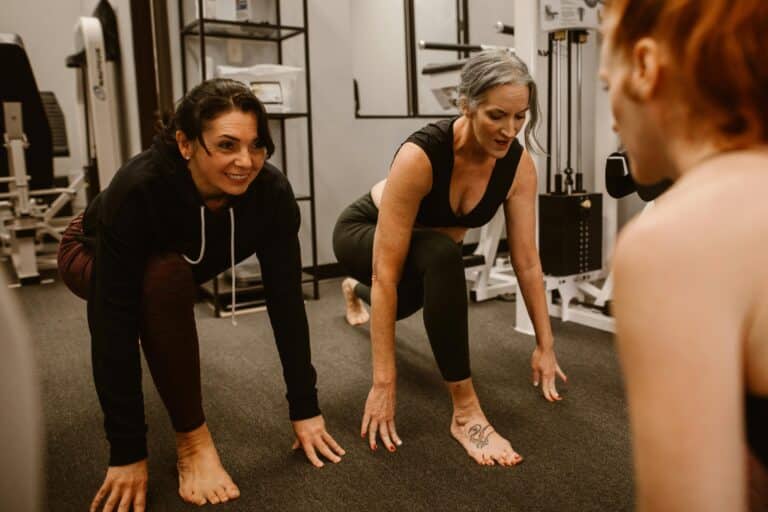Above photo: Dr. Ali Alaraj. Courtesy of University of Illinois Hospital & Health Sciences System. Photo by Hossein Fatemi
Imagine heading into the operating room for a complex neurological surgery knowing that the previous day your surgeon practiced the same procedure on your exact brain structure. How much more confident would you feel in the outcome? This is the future of surgery, thanks to revolutionary advances in virtual reality (VR).
You’ve likely heard of VR’s uses in the gaming world, but it’s becoming an increasingly useful tool in the training of physicians, and surgeons in particular.
VR simulators can map individual patients’ anatomical structures and re-create them perfectly. Surgeons can then virtually practice on these unique, anatomically correct images, testing surgical techniques and making informed decisions on best practices.
This technology isn’t in hospitals yet, but it’s coming close. ImmersiveTouch, a Chicago company creating breakthrough VR devices for medical training, has already developed a surgical modules platform, allowing pre-operative practice on patient-specific structures. And it is just one of many companies taking on this incredible field.
Better training, less errors
Ali Alaraj, MD, is a neurosurgeon with the University of Illinois Hospital & Health Sciences System and an associate professor of neurosurgery at UIC College of Medicine. He has been researching and developing virtual reality simulations for neurosurgical training for a decade and was involved in the development of ImmersiveTouch modules.

“The value of virtual reality is to train people on certain procedures,” Alaraj says. “Conventionally in medicine it has been that you see a procedure, you assist on the procedure and then you start doing the procedure. Unfortunately there’s a risk to the patient by doing that.”
Surgeries are high-stress situations. For a surgeon, the pressure of performing an unfamiliar procedure can be amplified by inexperience and a fear of errors. VR technology allows surgeons to train in ways that feel real, without the risk of actual lives at stake.
“You can make errors as much as you want with virtual reality, and you can learn from those errors,” Alaraj says. For example, he says, a surgeon performing a VR surgery might insert a catheter in the wrong place, but he or she would be able to correct the placement, with no harm done.
Virtual training can have a real effect on patient outcomes. In a study of 16 surgical residents performing gallbladder dissections, those who trained with VR simulators were found to be six times less likely to make errors when performing the real surgery. Residents who had not trained with VR were five times more likely to injure the gallbladder during dissection. The VR-trained residents were more efficient, too, performing the surgery 29 percent faster than the other residents.
There’s another bonus, too. Cadavers — the more traditional modes of surgical training — are not always easy to procure, and there are ethical issues surrounding their use, Alaraj says. Not so for VR. As more tech companies start developing platforms for VR surgical training, he adds, its accessibility will be far greater than that of cadavers.
Full immersion
The reason VR devices are so effective in surgical training is that they are able to convey multi-dimensional sensations. As computational power improves, so does the ability to create experiences that feel more real. One of the keys to achieving this, Alaraj says, is haptic technology, which brings a sense of touch to the simulations.
“The haptics are the feeling of the simulation,” Alaraj says. They bring it to life. For instance, in VR training a stylus appears in the simulation as the scalpel or whichever tool the physician would use.
“As you move the stylus and touch the virtual objects that the computer is creating for you, you will feel that you’re really touching the object,” Alaraj says. “If my stylus touches the bone, I will feel that it’s very hard. It my stylus touches soft tissue, I will feel that it is soft and deformable and [the stylus] moves slowly.”
A study evaluating a VR surgery training simulator that involved navigating a brain cavity model using haptic technology found that those who received the VR training were better able to locate brain cavity objects, especially when it came to smaller objects, even with their vision fields obscured.
At the current rate of technological advancement, Alaraj predicts that it won’t be long before VR becomes an integral part of training for every medical student and resident, as well as a mainstay technology of hospitals. This is the future, he says, and patients are going to be safer as a result. Until that time, VR will continue to grow as a useful tool in surgical training, helping train a group of physicians that will be better equipped to handle complex procedures better and faster.










